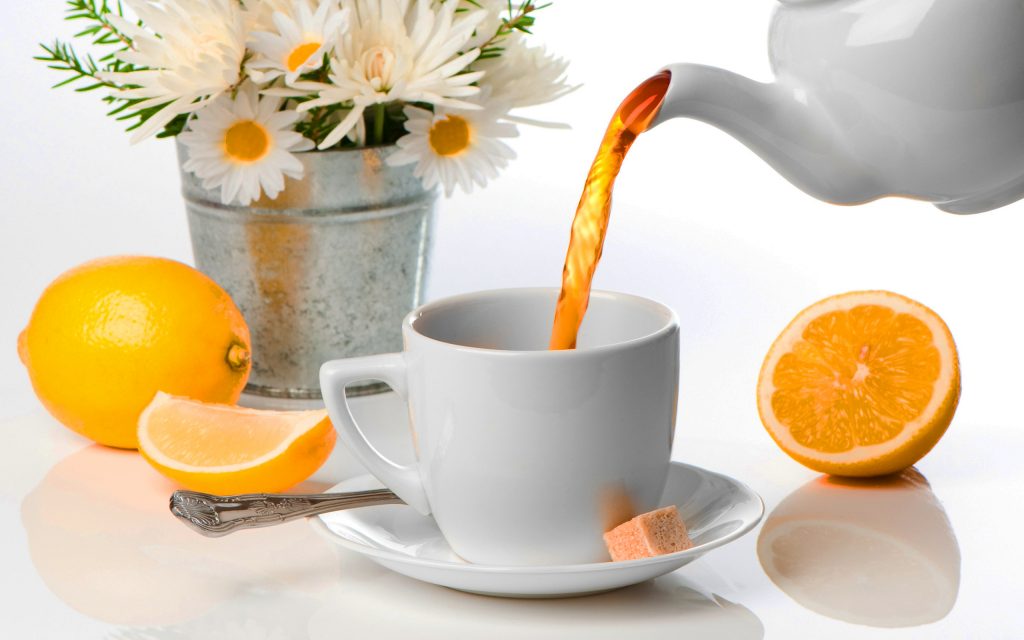
Tea is an aromatic beverage commonly prepared by pouring hot or boiling water over cured leaves of the Camellia sinensis, an evergreen shrub (bush) native to East Asia. After water, it is the most widely consumed drink in the world. There are many different types of tea; some, like Darjeeling and Chinese greens, have a cooling, slightly bitter, and astringent flavour, while others have vastly different profiles that include sweet, nutty, floral or grassy notes.
Tea originated in Southwest China during the Shang dynasty, where it was used as a medicinal drink. An early credible record of tea drinking dates to the 3rd century AD, in a medical text written by Hua Tuo. It was popularized as a recreational drink during the Chinese Tang dynasty, and tea drinking spread to other East Asian countries. Portuguese priests and merchants introduced it to Europe during the 16th century. During the 17th century, drinking tea became fashionable among Britons, who started large-scale production and commercialization of the plant in India. Combined, China and India supplied 62% of the world’s tea in 2016.
The term herbal tea refers to drinks not made from Camellia sinensis: infusions of fruit, leaves, or other parts of the plant, such as steeps of rosehip, chamomile, or rooibos. These are sometimes called tisanes or herbal infusions to prevent confusion with tea made from the tea plant.
Tea is generally divided into categories based on how it is processed. At least six different types are produced:
White: wilted and unoxidized;
Yellow: unwilted and unoxidized but allowed to yellow;
Green: unwilted and unoxidized;
Oolong: wilted, bruised, and partially oxidized;
Black: wilted, sometimes crushed, and fully oxidized (called 紅茶 [hóngchá], “red tea” in Chinese tea culture);
Post-fermented: green tea that has been allowed to ferment/compost (called 黑茶 [hēichá] “black tea” in Chinese tea culture).
After picking, the leaves of C. sinensis soon begin to wilt and oxidize unless immediately dried. An enzymatic oxidation process triggered by the plant’s intracellular enzymes causes the leaves to turn progressively darker as their chlorophyll breaks down and tannins are released. This darkening is stopped at a predetermined stage by heating, which deactivates the enzymes responsible. In the production of black teas, halting by heating is carried out simultaneously with drying. Without careful moisture and temperature control during manufacture and packaging, growth of undesired molds and bacteria may make tea unfit for consumption.
Tea blending is the combination of different teas together to achieve the final product. Almost all tea in bags and most loose tea sold in the West is blended. Such teas may combine others from the same cultivation area or several different ones. The aim is to obtain consistency, better taste, higher price, or some combination of the three.
In 2016, global production of tea was about 6 million tons, led by China with 40% and India with 22% of the world total (table). Kenya, Sri Lanka, and Turkey were other major producers.

 English
English





